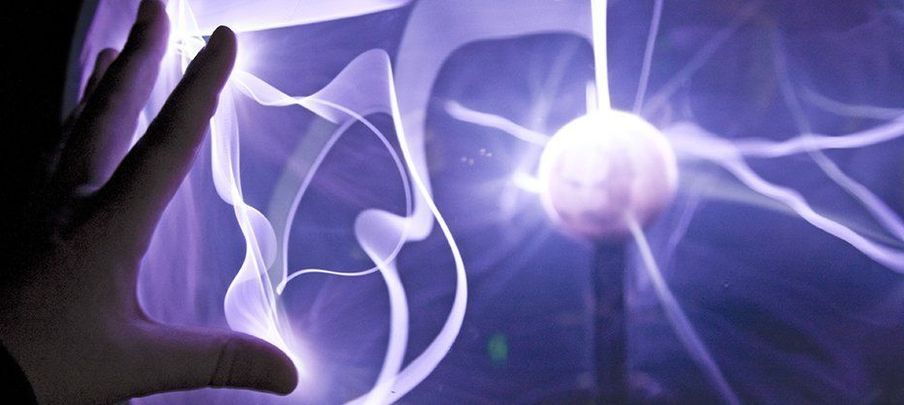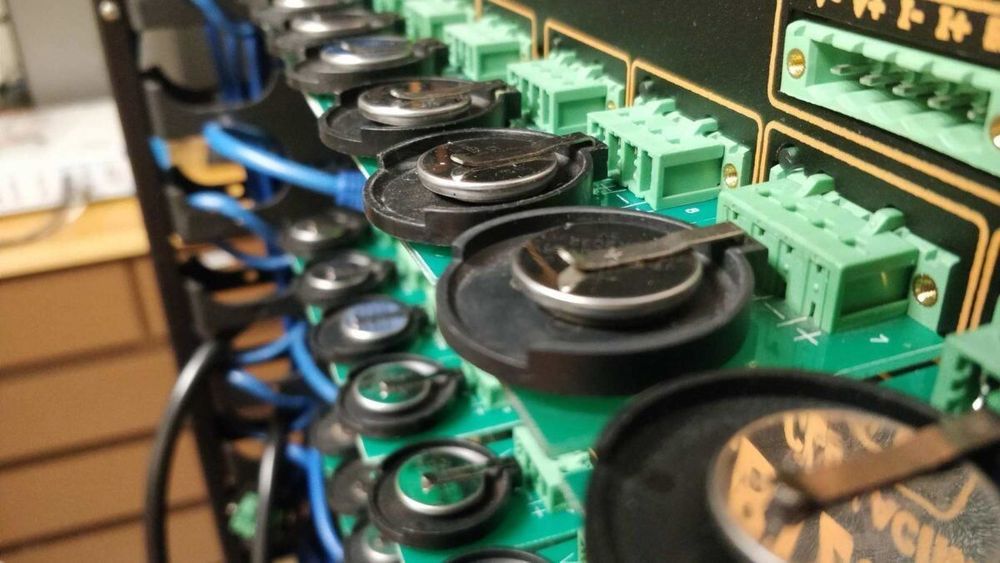‘Only one VPN is working over the airtel. However, it is punishingly slow,’ says a social activist.
Jammu and Kashmir (J&K) administration has completely blocked the Virtual Private Network (VPNs), which were used by the local civilians to access banned social media sites including WhatsApp, Facebook, and Instagram.
According to a Kashmir-based social activist, the administration has banned VPN applications that were widely used in the Valley to access black-listed social media sites. “Only one VPN is working over the airtel. However, it is punishingly slow,” he said.






